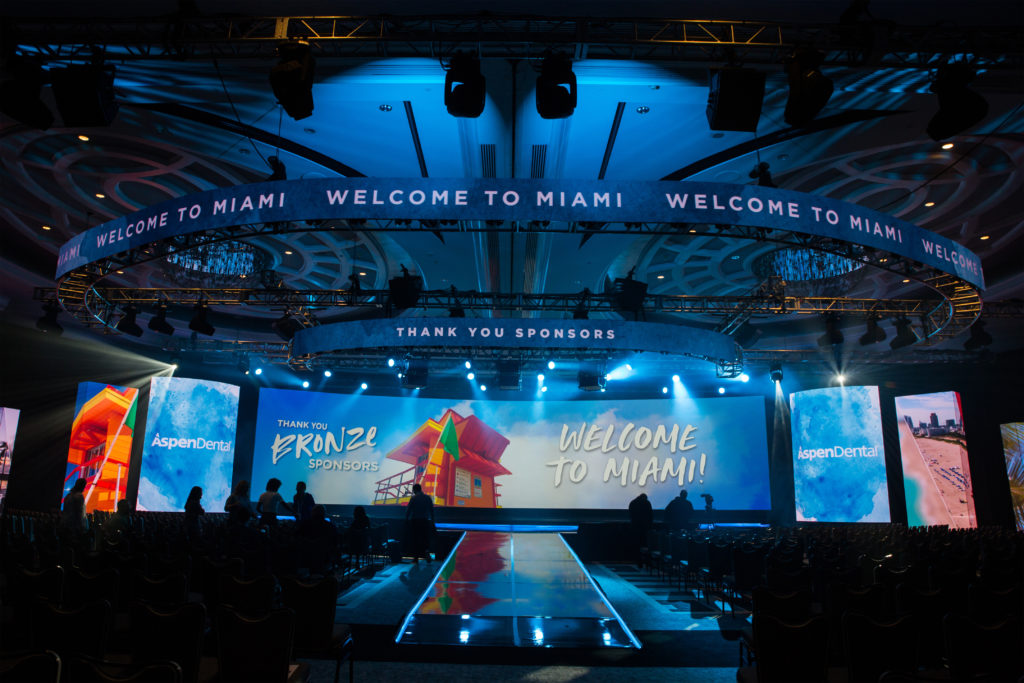Choosing the Optimal Pixel Spacing for Optimal Light Emitting Diode Wall Performance
Choosing the Optimal Pixel Spacing for Optimal Light Emitting Diode Wall Performance
Blog Article

As it pertains to light-emitting diode walls, a key important elements to consider is dot pitch. Pixel pitch is defined as the distance between the centers of two adjacent pixels on an light-emitting diode display. This metric is commonly expressed in mm. Grasping pixel pitch is essential because it directly influences the clarity and sharpness of the images displayed. A smaller pixel pitch indicates that the pixels are nearer together, leading to a greater resolution, while a larger pixel pitch yields in a diminished resolution. Therefore, selecting the right pixel pitch is essential for achieving optimal LED wall functionality.
The choice of pixel pitch frequently is influenced by the viewing distance. For example, if the light-emitting diode wall is meant to be viewed from a further away, a bigger pixel pitch may be suitable. This is due to the fact that the human eye cannot readily distinguish individual pixels when they are more distant away. On the contrary hand, if the wall will be viewed up close, a smaller pixel pitch is needed. In scenarios such as inside events, where attendees are usually closer to the screen, a smaller pixel pitch will offer a crisper and more distinct image. Therefore, understanding how sight distance impacts pixel pitch is critical to making an informed choice.
Another important recommended read consideration is the intended use of the light-emitting diode wall. Various applications, such as promotion, concerts, or conference meetings, may require varied pixel pitches. For example, an light-emitting diode wall used for promotional purposes in a shopping mall may gain from a pixel pitch that allows for lively colors and high detail so that it captures the attention of passing shoppers. Conversely, an external LED wall used at a concert may prioritize brightness and visibility over resolution, permitting for a larger pixel pitch. Therefore, the specific context in which an LED wall will be utilized is vital for establishing the appropriate pixel pitch.
Pricing is also a major factor when choosing pixel pitch. Generally, LED displays with smaller pixel pitches tend to be more expensive due to the higher density of pixels and the sophisticated technology needed for production. Although it may be enticing to opt for a high-resolution display with a small pixel pitch, budget constraints frequently necessitate a balance between quality and price. Businesses should assess their needs and determine how much they are prepared to invest in an LED wall, ensuring that the pixel pitch aligns with their financial capabilities while still meeting functional expectations.
Ultimately, it is crucial to take into account the maintenance and durability of the light-emitting diode wall when choosing pixel pitch. Displays with smaller pixel pitches can sometimes be more fragile and may need more careful handling and maintenance. Regular upkeep is necessary to ensure that the display functions optimally over time. Understanding the maintenance needs and potential challenges associated with different pixel pitches can help organizations make a more knowledgeable choice. By considering all these elements, including viewing distance, intended use, cost, and maintenance, individuals can select the ideal pixel pitch for peak LED wall performance.